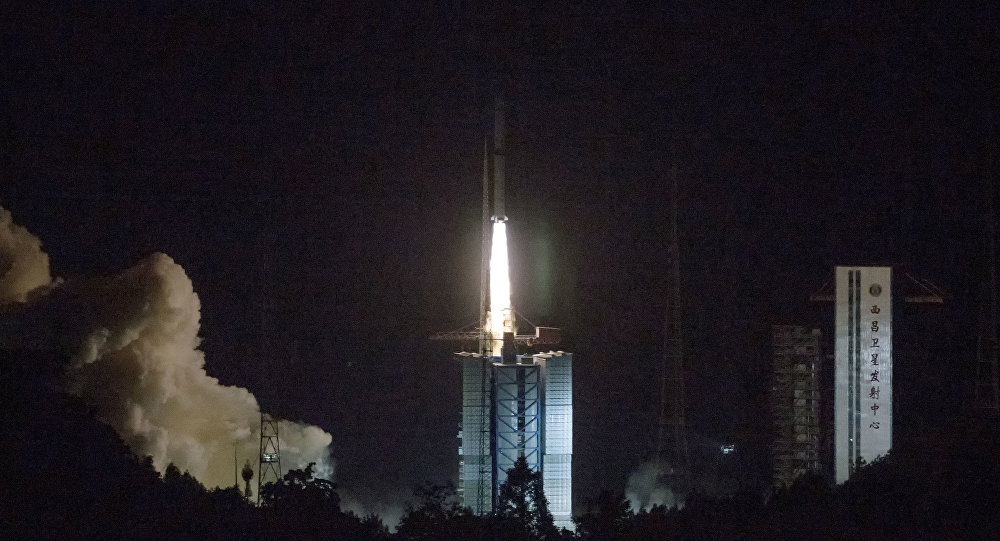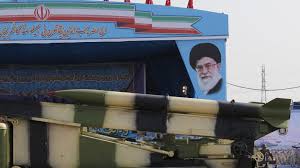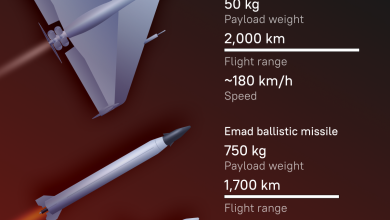China Planning Probes, Manned Missions, Ultimately a Base on Moon

China’s lunar program is setting ambitious goals, including exploring both lunar poles by 2030 and, further in the future, sending manned missions to the moon and establishing a permanent base there. The news comes as leaders of the US and Chinese space agencies said they were open to cooperation on research and missions.
Li Guoping, director of the Department of System Engineering of the China National Space Administration (CNSA), said at the World Conference on Science Literacy 2018 in Beijing last month that China is planning four upcoming lunar exploration missions, China Daily reported.
Li said the first mission in this program will blast off before the end of the year, when the Chang’e-4 probe is sent on its way to the far side of the moon. If successful, Chang’e-4 will be the world’s first soft-landing, roving probe on the moon’s far side.
The moon orbits the Earth in a tidally locked orbit: the same side always faces our planet, meaning we never get to see the far side, which takes the brunt of impacts by interstellar objects that might hit us.
Named after Chang’e, the goddess of the moon in ancient Chinese mythology, China’s lunar exploration program was launched in 2003, and it has sent five robotic rovers to the moon since 2007.
CNSA laid the groundwork (or spacework?) for the Chang’e-4 mission this past May when it launched the Quequiao satellite to the the Earth-moon system’s L-2 Lagrangian point, a uniquely gravitationally stable location on the far side of the moon. The satellite will serve as a communications relay supporting future Chinese moon missions, Sputnik reported.
A man takes picture of the screen displaying the moon, appearing in a dim red colour, which is covered by the Earth’s shadow during a total lunar eclipse in Warsaw,
Chang’e-4, originally a backup unit for a previous mission, was actually never supposed to go into space, but the failure of Chang’e-5’s rocket engine in 2017 caused it to be selected instead, Scientific American noted. Chang’e-5 will eventually get its day, perhaps in 2019, when it’ll be able to return lunar samples back to Earth.
Three subsequent missions will do the same for the two lunar polar regions, exploring them and returning samples to Earth, Li noted. After that, CNSA plans on sending taikonauts (those are Chinese astronauts, folks) to the moon and eventually setting up a scientific research station there.
The last time humans were on the moon was December 14, 1972, when the US Apollo 17 mission departed from a three-day stay on the surface of Earth’s only natural satellite.




